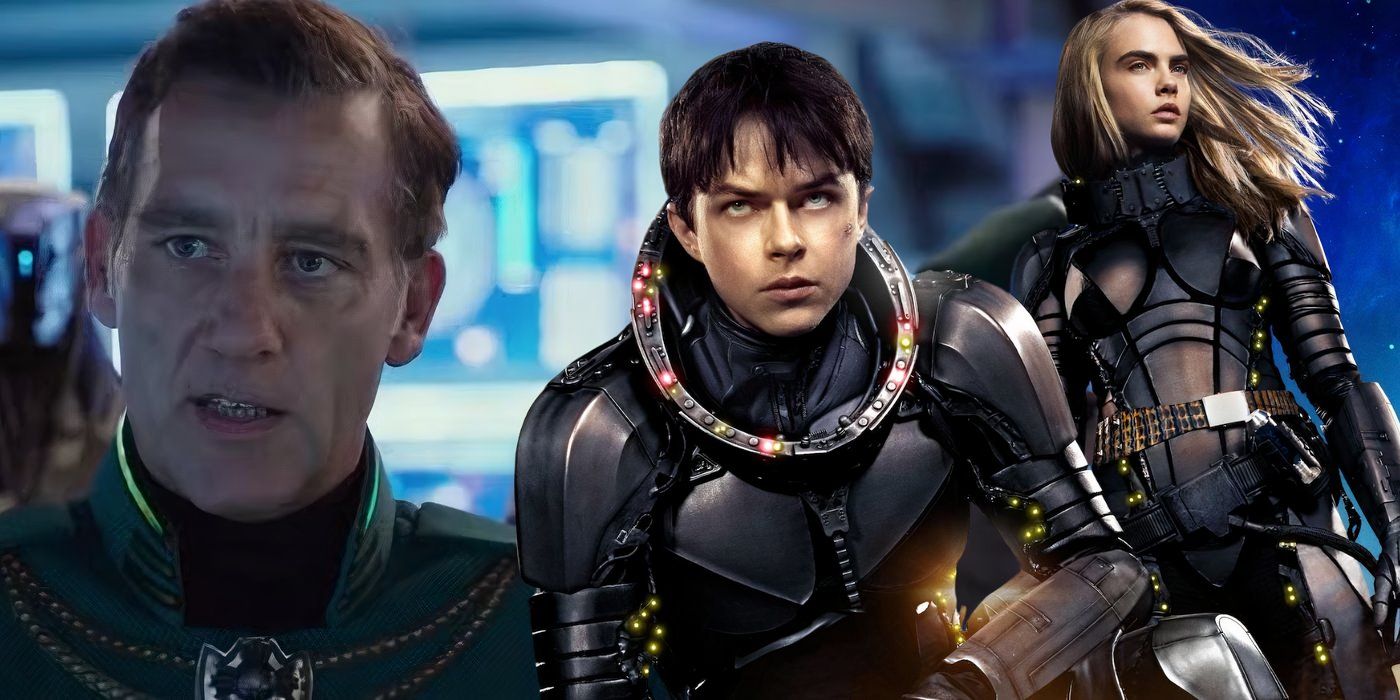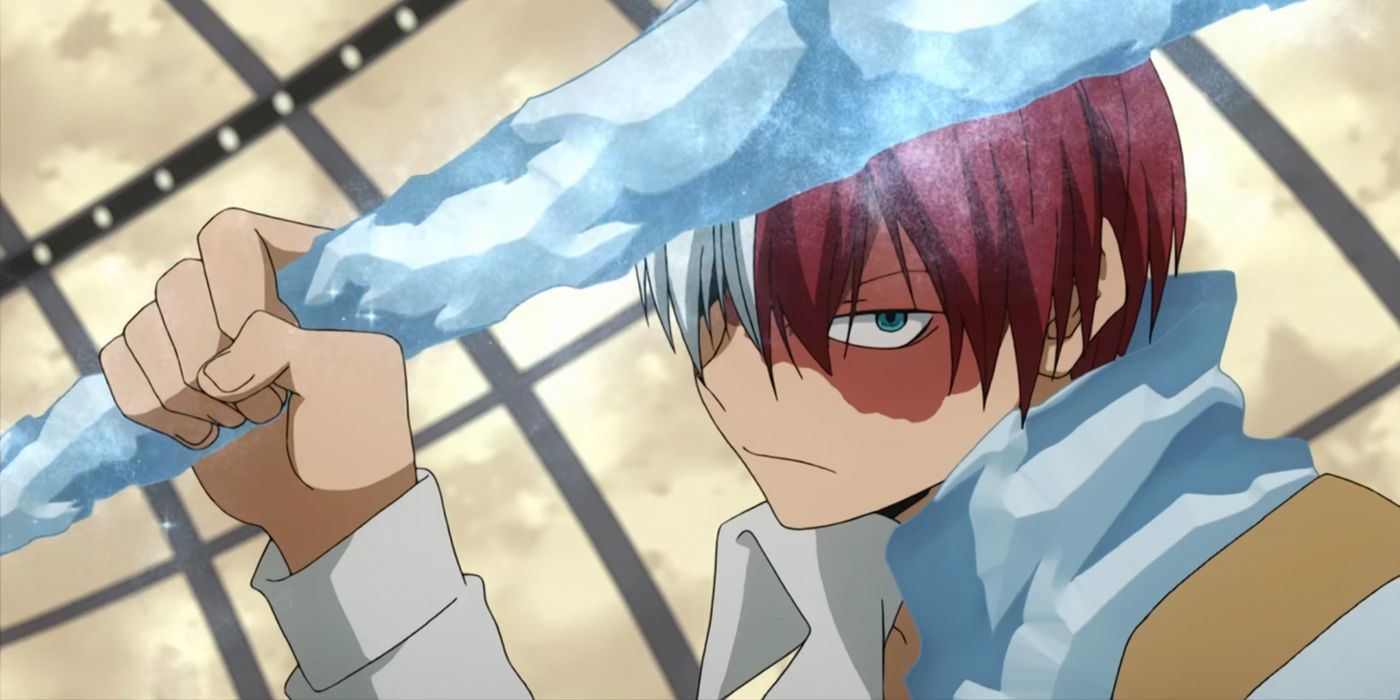The tricky thing about “Mufasa: The Lion King” was that Barry Jenkins (“Moonlight”) had never done a VFX-driven franchise film before. But production VFX supervisor Adam Valdez and his MPC team (who are Oscar-shortlisted) assured the indie director they were dedicated to making a Barry Jenkins film.
That is, to explore the inner lives of teenage Mufasa (Aaron Pierre) and Taka/Scar (Kelvin Harrison Jr.) in the origin story with a poetic visual style. This was a comfort to Jenkins and his team: cinematographer James Laxton, production designer Mark Friedberg, and editor Joi McMillon.
“These films that we’re making with Disney are all about taking an existing world, but letting the director tell a story in that world with their voice,” Valdez told IndieWire. “Barry and his team have made so many films together, and they have this intimate style that is connected to characters.”
This kicked off with an early animation test to figure out how to elicit emotional performances on another level of depth and subtlety. “Looking at his movies, we knew that the cameras were going to be very close to faces,” Valdez continued. “So that was number one. Number two was the overarching process of making one of these films is so long and complex in terms of stages. It takes many, many months to make one scene, and the thing we were trying to accomplish for Barry was opportunities for discovery. There are lots of gifts and surprises that come along the way. And he’s very open to allowing the process into the work.”
 ‘Mufasa: The Lion King‘Disney
‘Mufasa: The Lion King‘DisneyFor “Mufasa,” MPC adopted a more robust virtual production workflow than on Jon Favreau’s “The Lion King.” This began with VR (in London, New York, and L.A.) using Unreal Engine for location scouting and camera layout, allowing Jenkins and his team to mimic the familiar live-action filmmaking process. They covered the breadth and beauty of African landscapes (77 sets, 125 square miles), including such thrilling scenes as a swirling flood and an elephant stampede, where Jenkins wanted it to feel like being on a rollercoaster ride with Mufasa.
“Is this someplace we want to work? Does this work for our scene or does it need to change?” Valdez said of VR. “And then, later on, when you’re shooting, you have action, you have performances, and you’re figuring out coverage. But midway through the process, we decided to start using more capture live during shoot because it felt like certain scenes, which were more about character interplay and close contact with each other, needed the facility to direct the camera and the performances at the same time, which, of course, Barry is used to.
“So, along this journey, we’re trying to emulate some of what we can give that’s like live action. It’s about taking early shots, developing them, getting the looks and the lighting up, surfacing them for lighting and camera notes, or sending them to Barry for feeling and color.”
Meanwhile, MPC’s renowned “character lab” team of artists created more than 118 unique animals. The intricate subtleties and emotional expressiveness of the film’s lions were pushed to new levels. Digital tools for animal fur were completely rebuilt, achieving a more natural look and enabling the adventurous sequences where lions swim and interact with snow.
 ‘Mufasa: The Lion King’DISNEY
‘Mufasa: The Lion King’DISNEY“A lot of VFX characters tend to stand on sets,” said Valdez. “We really wanted the characters to feel connected, whether it’s grass, snow, water, they’re in everything. So there was a massive push to evolve the technology just for the fur and how it could connect to all those things.”
But the biggest innovation was a new process called Quad Cap, in which MPC animators wearing dots walked in a bipedal human fashion in a circle, reciting lines the actors had already recorded, but on the surrounding computer screens, they saw lions strolling the Savannah in a straight line. They did 10 voice recording sessions with the actors, and the crew put a locked-off camera in the room to capture their expressions and movements, which became the basis of the lions, but Quad Cap added even more anthropomorphic qualities.
“It’s always been traditionally difficult to capture [the] performance of people and turn it into animals,” Valdez said. “It’s just not simple to do, especially live. And so the animation team at MPC were already doing some clever things by taking their own motion capture of themselves and converting it into quadrupedal movement as a way to expedite the creation of our shooting scenes.
“We had a combination of techniques developed during our shoot,” he continued. “About midway through, it was just requested to try this. So it was a combination of the stage team and the actual mechanism, which is almost like a robotic puppet thing: human body comes in, lion movement comes out. The front legs are kind of the front legs, but the back legs are completely created from whatever the front legs are doing. Wherever you move your head, the lion’s whole neck and head is moving, and the animators would just fold their arms, so you’re mapping what you can. Then, we needed the Unreal Engine at Epic to add some capabilities from games, and we pulled it back into the editing software, and turned it on, and now the lions could follow the terrain.”
 ‘Mufasa: The Lion King’DISNEY
‘Mufasa: The Lion King’DISNEYThis worked well for Jenkins in directing some of the walk-and-talk character moments, especially early on during the scenes of Mufasa growing up with Taka and his adoptive family. These were treated as the familiar type of neighborhood backdrops that you usually find in a Jenkins film.
“The first act is where you’re relating to how mothers and fathers are working with kids and how kids are working with each other,” said Valdez. “Barry would often tell stories of growing up that seem to encapsulate the feelings you wanted to get out of some of these moments, at least what the kids are going through.
“We jump from little boys to teenagers in one cut, which he’s done before in other movies,” Valdez added. “Just that sense of verisimilitude of life and the way things are happening, growing up so quickly, that sense of movement. So, in the end, you’re orchestrating visual effects and animation to make the audience be connected to Mufasa, who feels alone in this world and has no station whatsoever.”
“Mufasa: The Lion King” is in theaters now.

 3 days ago
3
3 days ago
3










 English (US) ·
English (US) ·